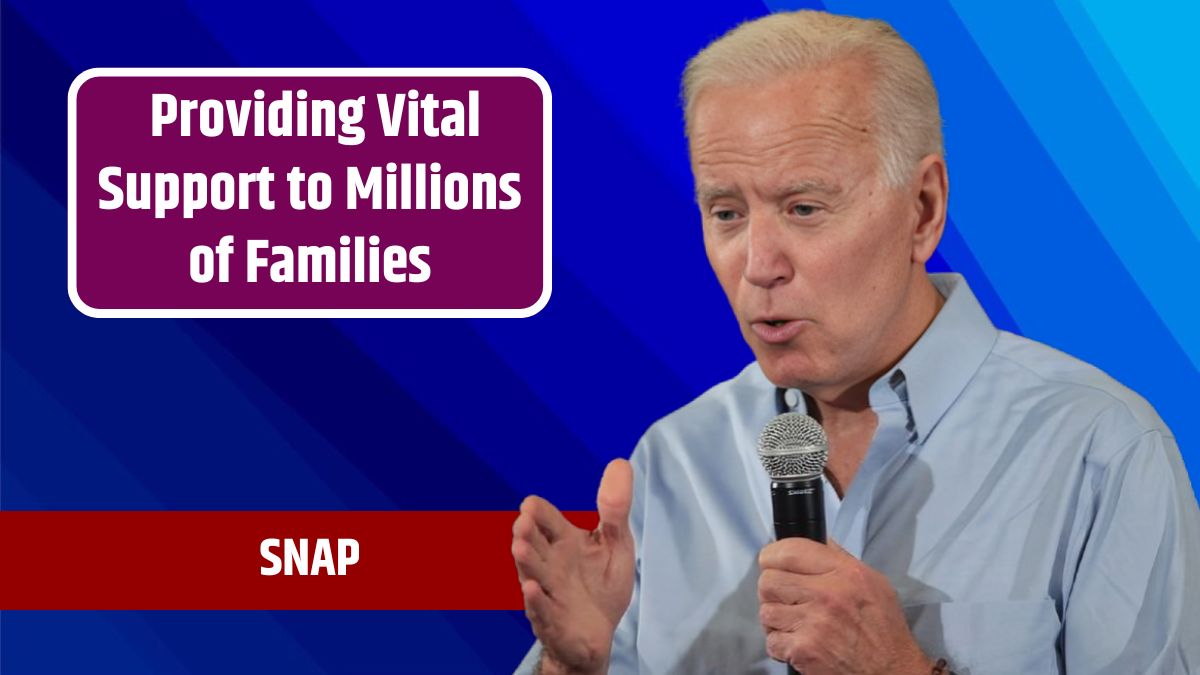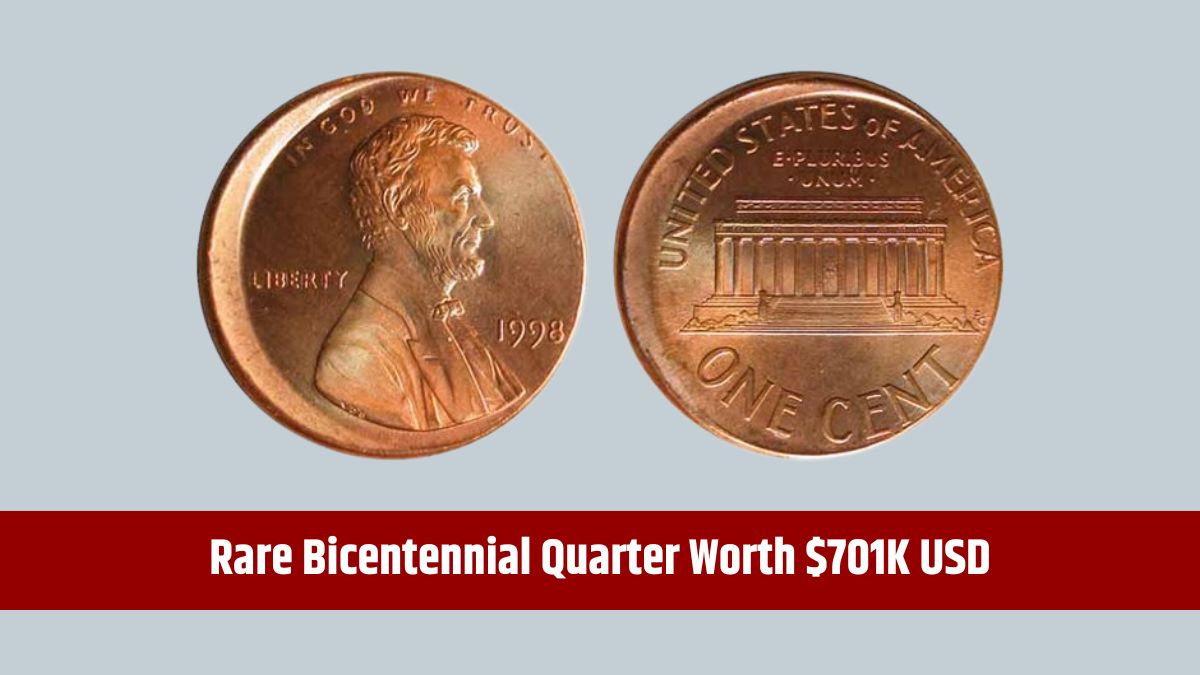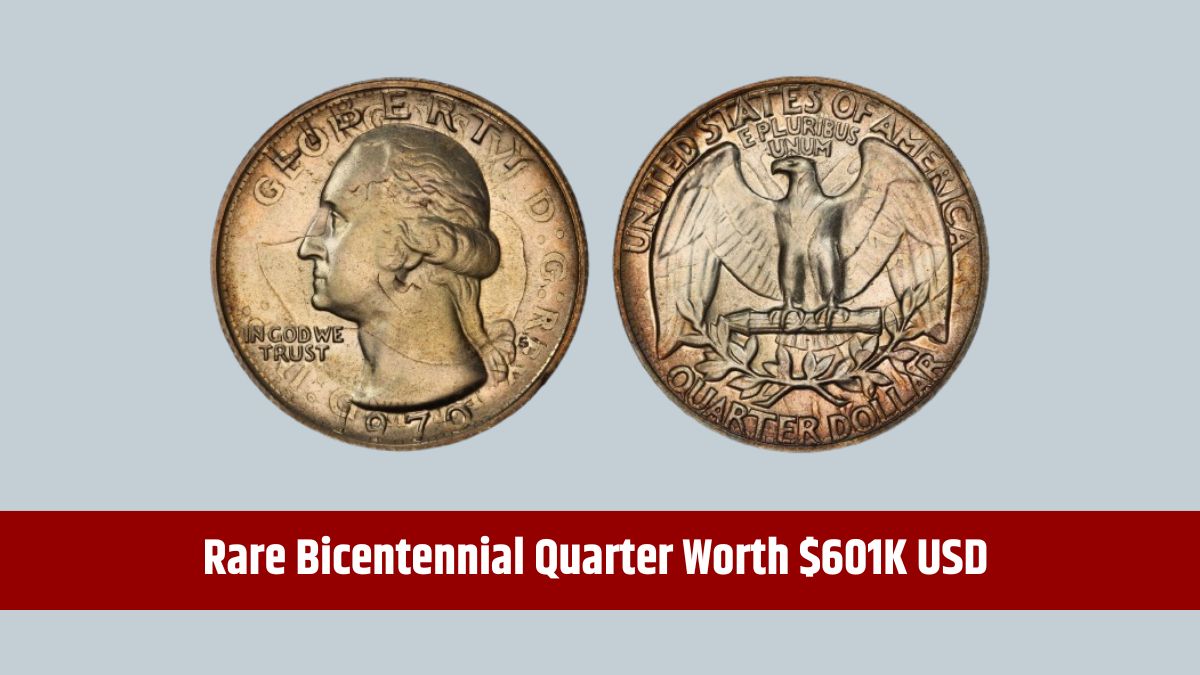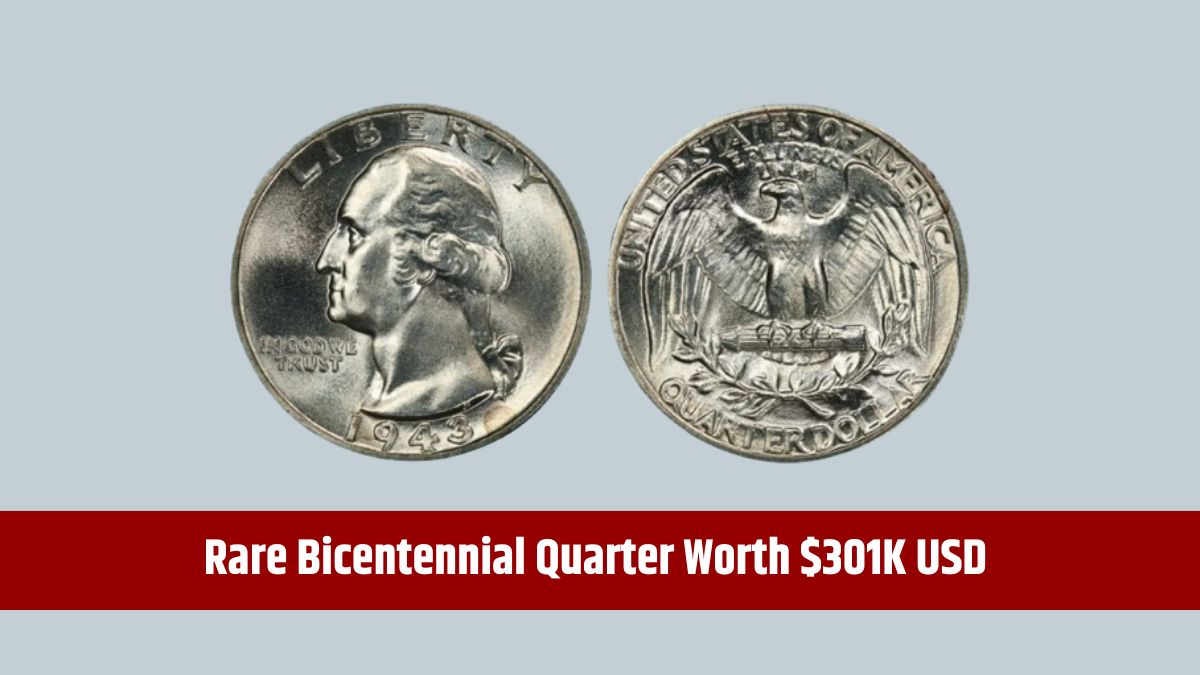The Supplemental Nutrition Assistance Program (SNAP) is a vital federal initiative aimed at helping low-income families access nutritious food. Managed by the U.S. Department of Agriculture (USDA), SNAP provides financial aid through an Electronic Benefits Transfer (EBT) card, which can be used at authorized retailers.
As the largest federal nutrition program, SNAP plays a key role in improving food security and ensuring that families can maintain a balanced diet, even in challenging financial circumstances.
Overview
SNAP benefits are provided to eligible individuals and families through an EBT card, replacing the traditional “food stamps” paper vouchers in 2014. This card works like a debit card at approved stores, making it easier for recipients to buy food items at grocery stores, supermarkets, and even some farmers’ markets.
The program is specifically designed to provide assistance for food purchases. This means SNAP funds can only be used for certain items, such as fruits, vegetables, meat, dairy, and bread. Products like alcohol, tobacco, or non-food items cannot be purchased with these benefits. The restriction ensures that the program’s resources are used to support recipients’ nutritional needs.
Eligibility
To qualify for SNAP benefits, households must meet specific income thresholds based on their size and financial situation. The size of the household includes anyone living together and sharing meals. Savings, bank balances, and certain necessary expenses like rent and medical bills also factor into eligibility.
SNAP eligibility guidelines are set at the federal level but can vary slightly by state. This gives states some flexibility in adapting the program to meet their population’s needs. While it’s essential to check with your local SNAP office for specific rules, general guidelines focus on supporting those with limited financial resources.
Support
A notable feature of SNAP is that it is available even for individuals without a fixed address or those facing housing instability. Whether homeless or living in temporary shelters, applicants can still receive benefits, ensuring they have access to food regardless of their living situation.
The amount of SNAP benefits a household receives depends on its income and necessary living expenses. Most households will need to supplement their SNAP benefits with personal income to fully meet their food needs, but SNAP provides essential support to stretch their budgets and prioritize a balanced diet.
SNAP Works
SNAP benefits are deposited onto the EBT card monthly. This card can be used at authorized retailers that accept SNAP payments to buy a variety of nutritious foods. Items like fruits, vegetables, cereals, dairy, meats, and more can all be purchased using SNAP benefits, allowing recipients to plan meals that cover the basic food groups. Non-consumable products or luxury food items are excluded to maintain the program’s focus on providing essential nutritional support.
Here’s a quick breakdown of eligible items you can purchase with SNAP benefits:
| Category | Eligible Items |
|---|---|
| Fruits & Vegetables | Fresh, frozen, canned, and dried fruits & veggies |
| Meats & Proteins | Poultry, fish, red meats, eggs, tofu |
| Dairy Products | Milk, cheese, yogurt, and other dairy goods |
| Grains & Breads | Breads, cereals, rice, pasta |
SNAP provides a foundation for families to create well-rounded meals, helping them achieve a balanced diet that includes all necessary nutrients.
How to Apply
Applying for SNAP is straightforward, although the process can differ depending on your state. The first step is to contact your local SNAP office, either in person or online, to start the application process. Many states offer online applications, making it easy for individuals to apply from the comfort of their homes.
Applicants will need to provide documents that verify their income, household expenses, and living situation. This documentation helps the state determine eligibility and how much support each household will receive. Processing time can take several weeks, but once approved, recipients will receive their EBT card and can start using it to purchase food right away.
Key Points
- Income thresholds: Eligibility is primarily based on income and household size, but expenses like rent and medical bills are also considered.
- Monthly benefits: SNAP benefits are deposited monthly onto an EBT card, which can be used at participating stores.
- Food focus: SNAP funds can only be used for specific food items, ensuring that recipients are purchasing nutritious, essential foods.
- Application process: Each state manages its application process slightly differently, so it’s crucial to consult your local SNAP office for guidance.
SNAP plays an essential role in reducing food insecurity across the U.S., especially for families with limited income. By providing access to nutritious foods, the program helps improve the health and well-being of millions of Americans, empowering them to maintain a balanced diet even under financial strain.
FAQs
What can I buy with SNAP benefits?
SNAP can be used for most food items like fruits, vegetables, meat, and dairy.
Can I apply for SNAP without a fixed address?
Yes, SNAP is available to individuals without a stable residence.
How often are SNAP benefits issued?
SNAP benefits are loaded monthly onto an EBT card.
How is SNAP eligibility determined?
Eligibility is based on income, household size, and essential expenses.
Can I apply for SNAP online?
Yes, many states offer online applications for SNAP benefits.









